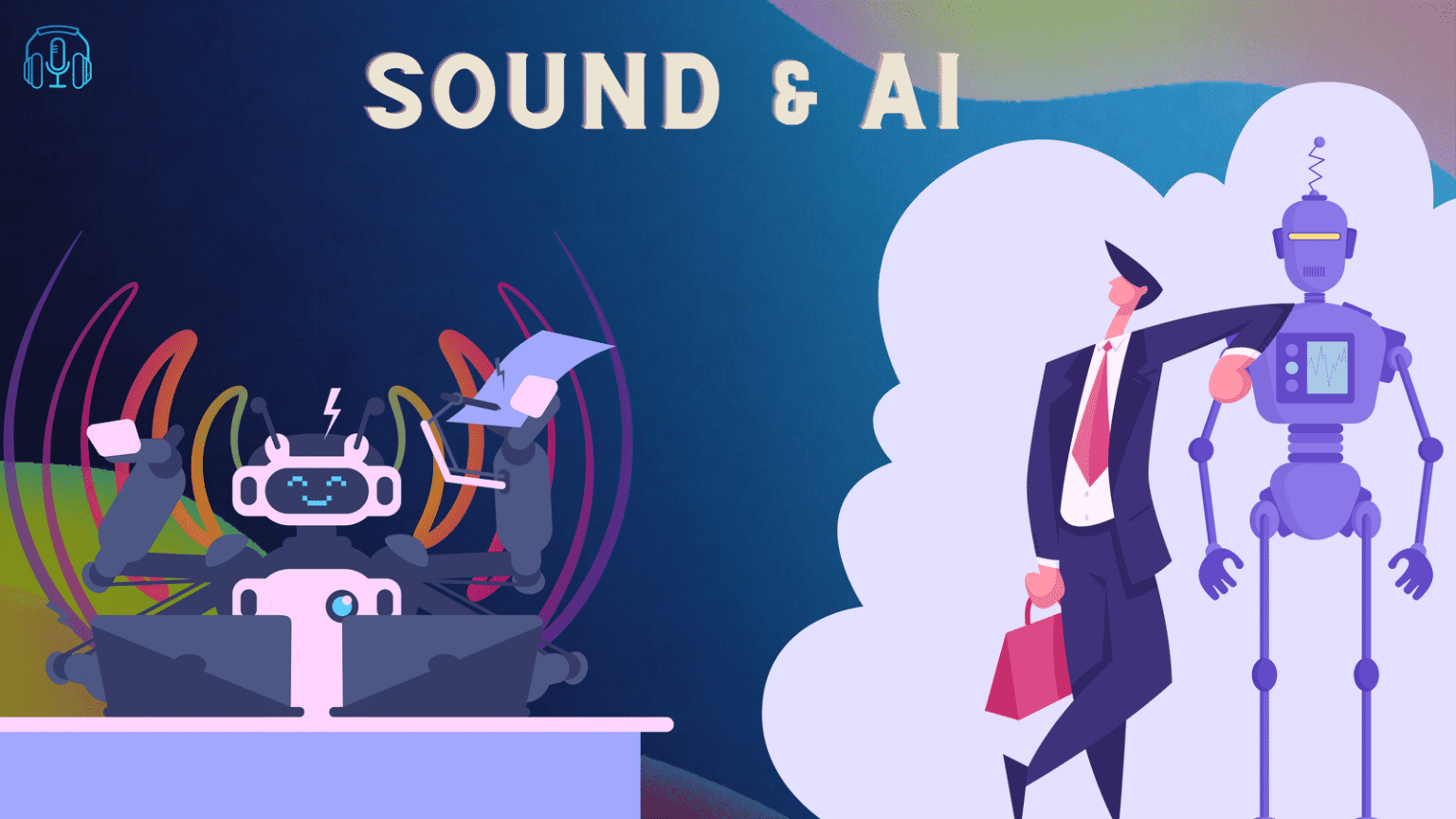Artificial intelligence has established itself as a household term for companies in every market sector over the last several years. A company can profit from integrating AI into its workflow if there is data to be gathered and used. OCR, which aids in symbol interpretation and conversion into editable, printed text, comes to mind when we think about recognising AI. Since listening and being heard is something so fundamental to human beings, we don’t think about sound recognition AI.

Sound is a powerful form of communication and expression, and AI has the potential to enhance it. AI can be used to interpret sound, allowing it to be used in a variety of applications. AI-powered sound recognition allows for the detection of specific sounds, such as voices or instruments, allowing for more accurate and precise sound analysis.
Sound is an essential part of our lives, and artificial intelligence has the potential to make it even more powerful. The technology of Sound and Artificial Intelligence have come together to create a wide range of possibilities in today's world and especially at Aural. As AI becomes more sophisticated, so too does the potential for sound to be used in more powerful and creative ways. From generating soundscapes in tech-driven music to providing interactive experiences in gaming, the combination of sound and AI is a powerful tool for crafting compelling experiences.
At Aural, we are exploring the vast possibilities of using sound and analysing its structure. After all, we want to know what is it that makes up sound. This kind of analysis can be used to generate music, create sound effects, or to provide feedback to the user. The combination of sound and AI also opens a world of possibilities in interactive media. AI-powered sound recognition can be used to create natural language interfaces, allowing users to interact with devices through voice commands. AI can also be used to create sound-based virtual assistants, like Amazon’s Alexa or Apple’s Siri
AI can be used to sense, learn, represent, think, and act on audio signals. This can enable powerful audio analysis and acoustic signal processing, which could be used in a variety of applications. One of the most exciting areas of research in sound and AI is the use of neural networks and deep learning for audio analysis. Neural networks are a type of AI that can be used to process and analyse audio data. By training a neural network on audio data, it can learn to recognize and classify different audio signals
Deep learning is a subset of neural networks that can be used for more complex audio analysis tasks. It can be used to extract more meaningful information from audio signals, such as recognizing speech or identifying music genres. Another area of sound and AI research is the use of AI for audio synthesis. At Aural, we are developing AI that can be used to generate realistic sound effects, music, and even speech. This has the potential to revolutionize the entertainment industry, as AI-generated audio could be used in movies, video games, and other forms of entertainment.
Finally, AI can be used to improve the quality of audio signals. By applying AI algorithms to audio data, it can be used to reduce background noise or improve the clarity of sound. This could be used in a variety of applications, from improving sound quality in entertainment to improving audio quality for medical applications. Sound and AI are an exciting area of research that has the potential to revolutionize a variety of industries. By using AI algorithms to analyse and synthesize audio data, it can be used to improve the quality and accuracy of sound signals. It can also be used to generate realistic sound effects, music, and speech, which could have far-reaching implications for the entertainment industry. As sound and AI continue to develop, the possibilities are endless.
